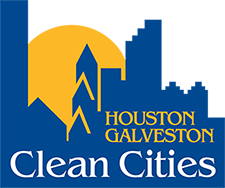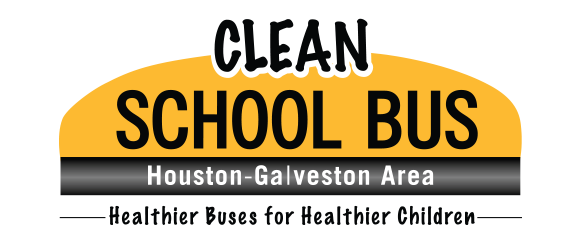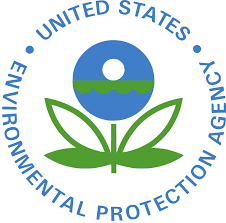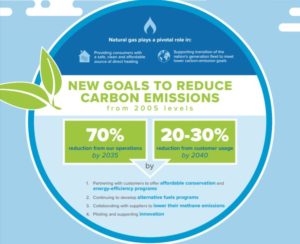The North Central Texas Council of Governments (NCTCOG), which hosts the Dallas-Fort Worth Clean Cities Coalition (DFWCC), is developing a Zero-Emission Vehicle (ZEV) corridor plan for building battery-electric (BEV) and hydrogen fuel cell electric (FCEV) vehicle infrastructure along the I-45 Corridor from Dallas to Houston, with an emphasis on medium and heavy-duty vehicles. As part of these efforts, NCTCOG has released the IH-45 Fuel Provider Zero-Emission Plans survey and IH-45 Fleets and Shippers survey to receive feedback from industry stakeholders on the development of ZEV infrastructure along the corridor. The purpose of this survey is to help understand the level of interest in the development of infrastructure that supports zero-emission vehicles (ZEVs) along I-45. The deadline to complete both surveys is Friday, April 30th. For more information, please visit the website at nctcog.org/IH45-ZEV.
Category Archives: News
Advanced Notice – Governmental Alternative Fuel Fleet Grant Program Coming Soon!
The Texas Commission on Environmental Quality (TCEQ) Texas Emissions Reduction Plan (TERP) program is providing advanced notice for the opening of the Governmental Alternative Fuel Fleet (GAFF) grant program. Grants will be awarded to eligible applicants on a competitive basis for projects to purchase or lease new on-road vehicles that operate on the following alternative fuels: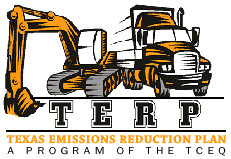
- compressed natural gas;
- liquefied natural gas;
- liquefied petroleum gas;
- hydrogen fuel cells; or
- electricity, including electricity to powerfully electric motor vehicles and plug-in hybrid motor vehicles.
Houston-Galveston Clean Cities Coalition: Alternative Fuel Vehicle Sales
http://survey.constantcontact.com/survey/a07ehbvshb1kfmvppuy/start
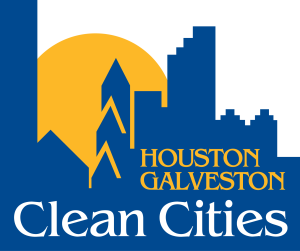 Information is sought from dealers of alternative fuel vehicles by key stakeholders across Houston-Galveston Region. These stakeholders include regional councils of governments, Clean Cities Coalitions, electric utilities, alternative fuel providers, transit agencies, school districts, non-profits committed to improving air quality, and other interested parties.
Information is sought from dealers of alternative fuel vehicles by key stakeholders across Houston-Galveston Region. These stakeholders include regional councils of governments, Clean Cities Coalitions, electric utilities, alternative fuel providers, transit agencies, school districts, non-profits committed to improving air quality, and other interested parties.Grant Funding Available: Clean School Bus Program
 The Houston-Galveston Area Council ‘s Clean School Bus Program is currently accepting applications to replace older buses with new, cleaner buses. There is no deadline; however, funding is very limited. Therefore, please apply as soon as possible. A maximum 10 buses will be replaced per application. School districts that have never applied for funding from H-GAC will be preferred in the application review process.
The Houston-Galveston Area Council ‘s Clean School Bus Program is currently accepting applications to replace older buses with new, cleaner buses. There is no deadline; however, funding is very limited. Therefore, please apply as soon as possible. A maximum 10 buses will be replaced per application. School districts that have never applied for funding from H-GAC will be preferred in the application review process.Replace or repower your drayage truck or cargo handling equipment with a TERP Grant
 The Texas Commission on Environmental Quality is preparing to open the Seaport and Rail Yard Areas Emissions Reduction Program, a grant program under the Texas Emissions Reduction Plan Program. TCEQ will be has posted a workshop presentation for review.
The Texas Commission on Environmental Quality is preparing to open the Seaport and Rail Yard Areas Emissions Reduction Program, a grant program under the Texas Emissions Reduction Plan Program. TCEQ will be has posted a workshop presentation for review.- Owned or leased the on-road vehicle, non-road yard truck, or other cargo handling equipment eligible to be replaced under the program; and
- Operated the vehicle or equipment at one or more of the designated seaports or rail yards for a minimum of 200 days of operation per year for the preceding two years.
EV Resources From EPA
|
|
Updated Nozzle Guidelines for 2020 Propane Autogas Vehicles
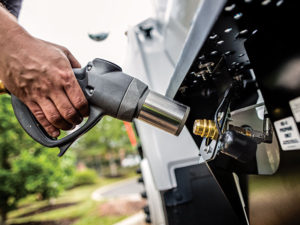 Big changes are coming for autogas refueling in 2020. For decades there have been a variety of valves available, such as the ACME, which have been used for fueling propane vehicles. However, new NFPA 58 guidelines for next year specify that the propane industry will adopt the K15 connection for all future autogas vehicles reinstated into service, purchased, or converted after Jan. 1, 2020.
Big changes are coming for autogas refueling in 2020. For decades there have been a variety of valves available, such as the ACME, which have been used for fueling propane vehicles. However, new NFPA 58 guidelines for next year specify that the propane industry will adopt the K15 connection for all future autogas vehicles reinstated into service, purchased, or converted after Jan. 1, 2020.
CenterPoint aims to use Alternative Fuels to Reduce Emissions
Houston will test Nuro’s Second Generation Autonomous Delivery Vehicles
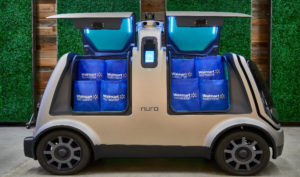
Up to $30,000 per Station Tax Credit Available for Natural Gas and Propane Stations
Public Law 116-94 retroactively extended the Alternative Fuel Vehicle Refueling Credit to stations placed in service between January 1, 2018 through December 31, 2020. It includes a tax credit for purchasers of natural gas or propane refueling stations, up to 30 percent or $30,000 of the cost of the new station.
